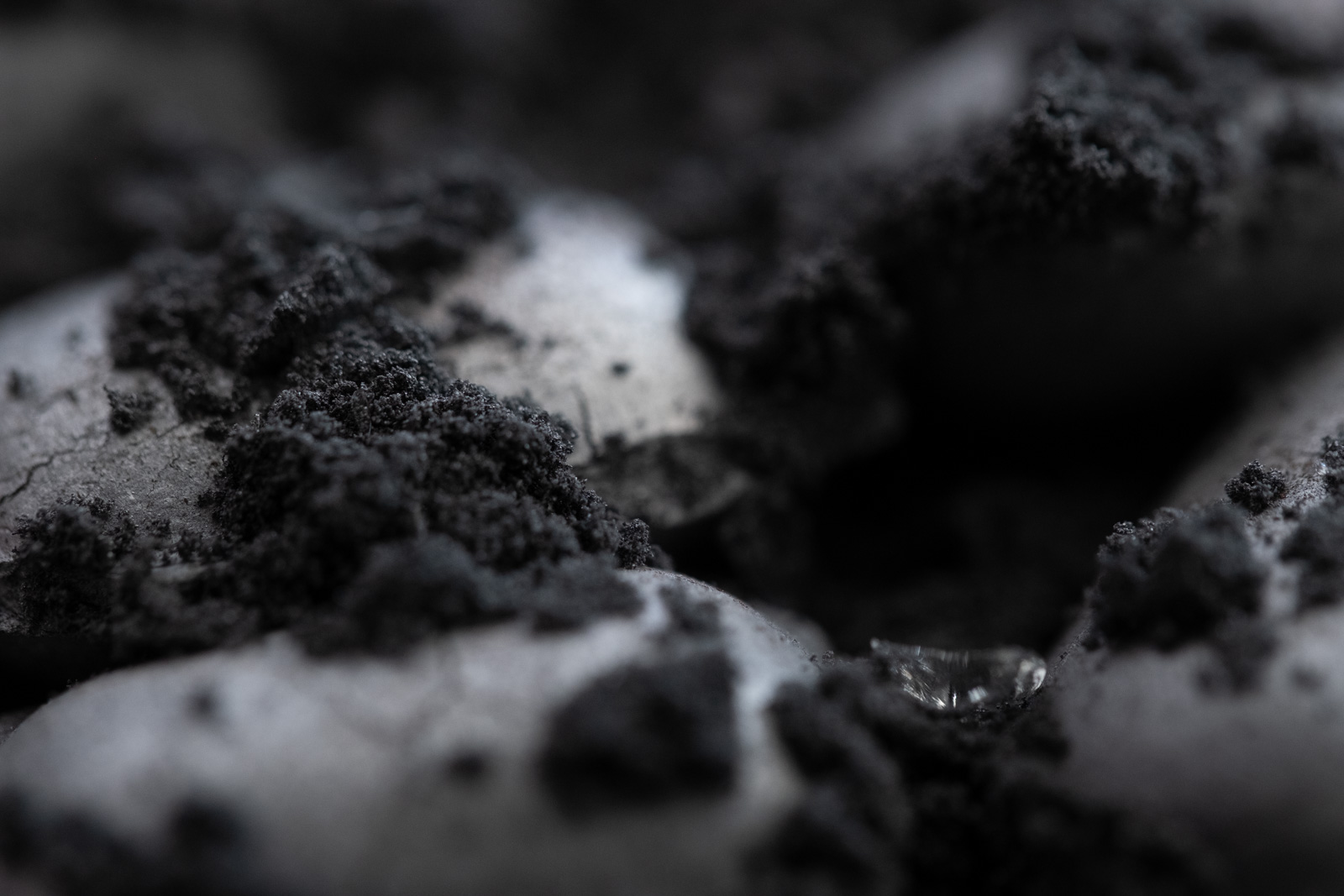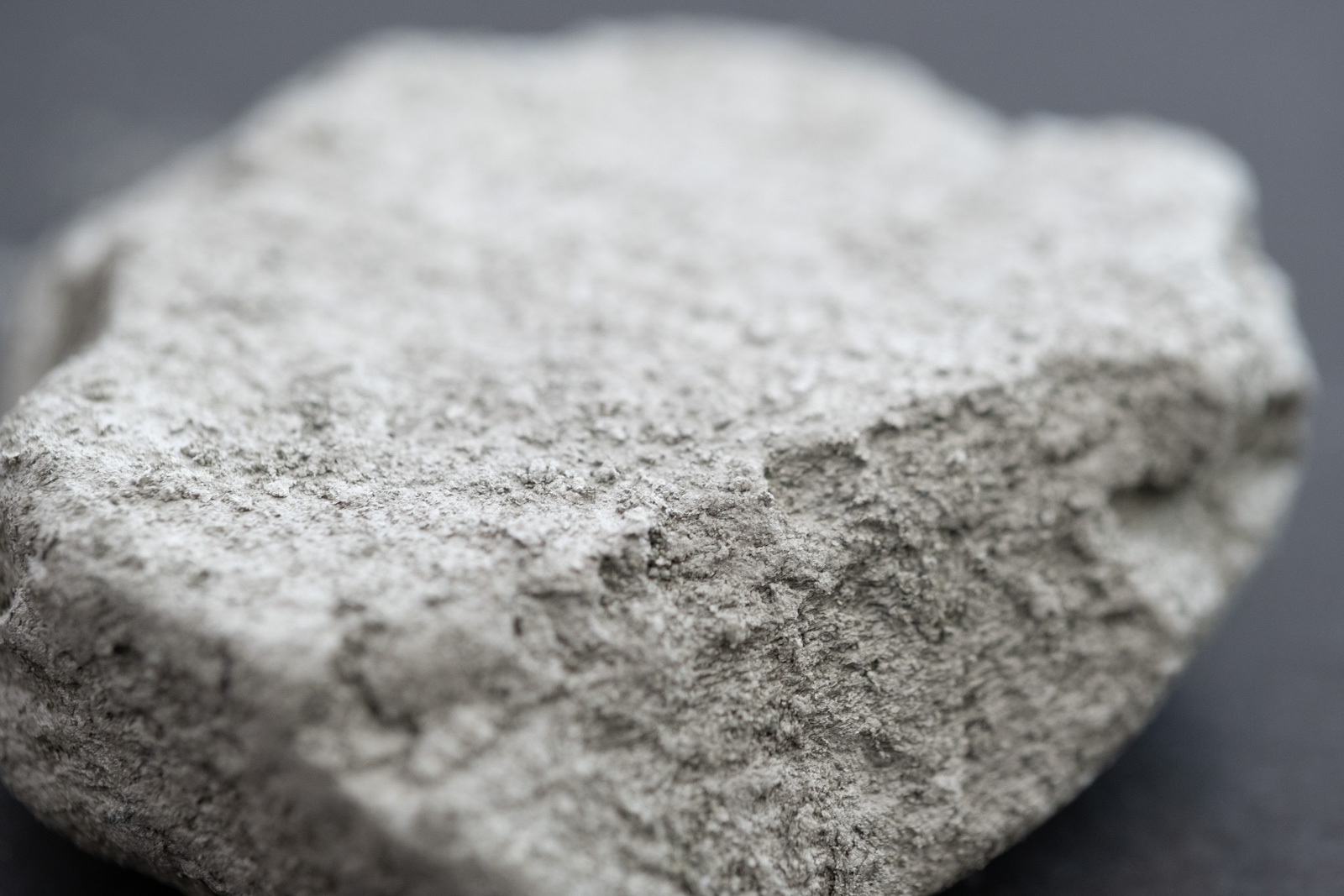
What is molybdenum?
Molybdenum (Mo) is a silvery grey chemical element that is not found in a pure state in nature, but as molybdenite. Molybdenite can be found in the different Earth’s layers combined with other elements, mainly with copper. Given its durability and resistance to high temperatures and corrosion, molybdenum is widely used in high quality steel alloys required for the metallurgic, chemical and steel industries.
+

